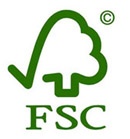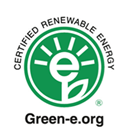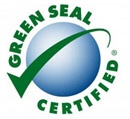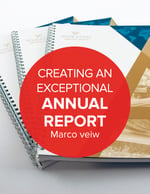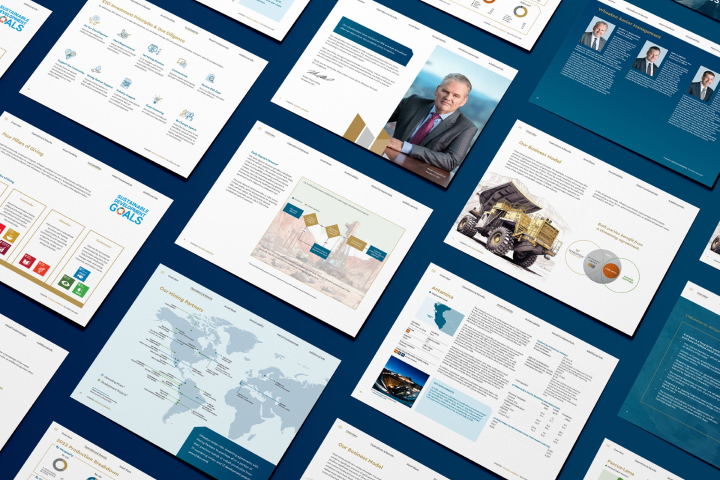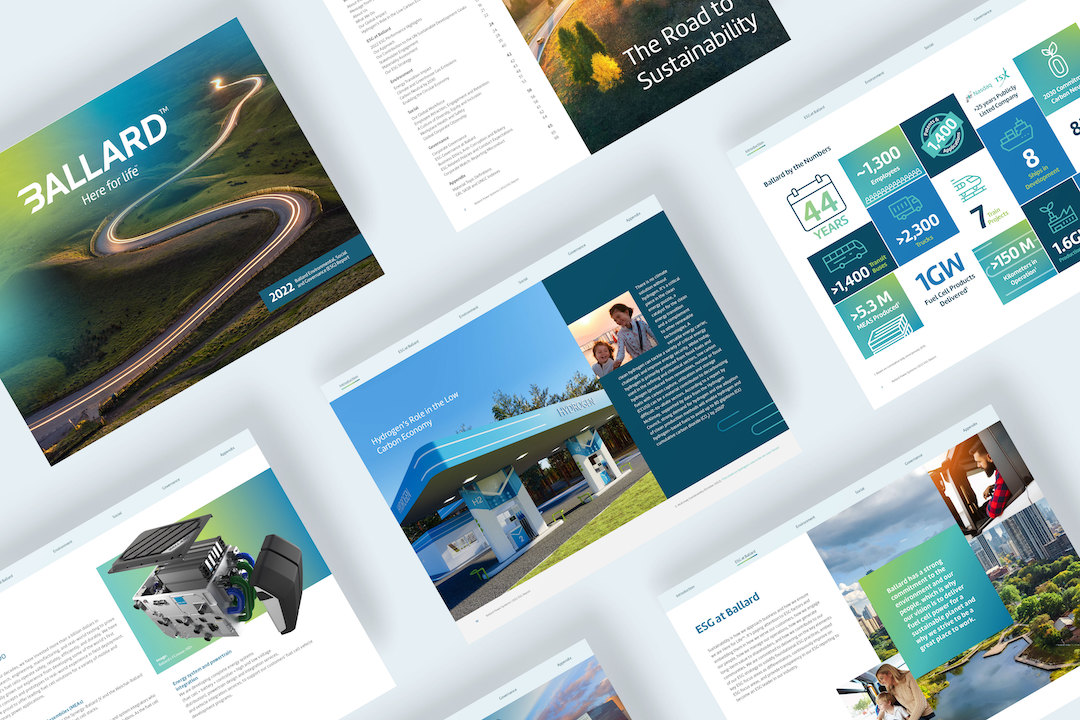Is your company thinking about greener annual report design this year? This may be especially important to you if business and stakeholders have strong values around sustainability.
Start by asking yourself: Will you be sending out a printed annual report or online version? Or both? You might be wondering which choice is best for your company as well as which is the better choice for the environment.
Many investors still prefer to have a printed version of the annual report, either because it’s easier to read, or for making notes, or for filing for future reference.
A printed report is also an important piece for sales, recruitment, and sharing the company’s philosophy and positioning.
So, if you decide it’s best to have a printed report, how do you make it greener?
3 Easy Ways to Achieve Sustainable Annual Report Design
1. Choose Paper Type Responsibly
Paper is renewable and recyclable. An obvious choice would be to use recycled papers in your report.
According to GreenWaste Recovery, each ton (2000 pounds) of recycled paper can save*:
- 3.5 cubic yards of landfill
- 17 thirty-foot (pulp) trees
- 7,000 gallons of water
- 380 gallons of oil
- 4100 kwh of energy
A less obvious but equally significant option is choosing certified papers. Certified papers come from forests that are managed responsibly. That means even if you choose a paper with virgin fibers (virgin = non-recycled), you can be assured that the paper came from a responsibly managed forest.
What is a sustainably managed forest? The use of forests in a way and at a rate that maintains their biodiversity, productivity, regeneration capacity and vitality without compromising their potential to fulfill, now and in the future, relevant ecological functions and that does not cause damage to other ecosystems.
The most well-known certifications are:
FSC Certified
Forestry Stewardship Council
Since 1993, FSC certification has tracked products from the forest to the shelf.
Products carrying the FSC label are independently certified to assure consumers that they come from sustainably managed forests that are controlled to meet the social, economic and ecological needs of present and future generations.
Launched in 2008, Green-e is the nation's leading independent consumer protection program for the sale of renewable energy and greenhouse gas reductions in the retail market. Green-e offers certification and verification of renewable energy and greenhouse gas mitigation products.
Green Seal Certified
Founded in 1989, Green Seal is a non-profit organization that uses science-based programs to empower consumers, purchasers and companies to create a more sustainable world.
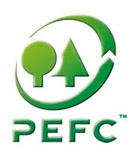 PEFC (The Programme for the Endorsement of Forest Certification)
PEFC (The Programme for the Endorsement of Forest Certification)
2. Make It Carbon Neutral
An organization, event, product or service is successfully Carbon Neutral when it can claim net zero greenhouse gas (GHG) emissions.
This means all significant GHG emissions produced by the business, event, product or service are balanced out by removing or preventing an equivalent amount of emissions from entering the atmosphere.
The first step in reducing your carbon footprint is adjusting the way you operate. But no company can be completely carbon neutral, that’s where offsets come in.
You can purchase offsets and those offsets provide funding for new projects that reduce greenhouse gas emissions. These are projects that, because of financial or technical barriers, would not and could not go forward without offset funding.
That means your offsets are making a real and measurable difference – every time.
Red Rocket Creative Strategies works with printers to calculate and purchase those offsets on your behalf and the cost is much less than you’d think.
click to tweet
"The First Step in Reducing your Carbon Footprint is Adjusting the Way you Operate"
3. Make It Count
Make it worth reading!
A report that goes directly into the recycle bin is not only a waste of materials, but also a waste of the effort and money put into producing a report.
Make sure your annual report design gives readers valuable information and interesting graphics. Make it visually enticing as well as having factual and relevant copy. That way they will actually read it, and maybe keep it, instead of immediately throwing in the recycle bin.
And that translates into lasting value for your company and your brand.
---
Want to "wow" your stakeholders with your next annual report design? Check out our free PDF guide below.
Angela Dallin
Creative Director Angela takes every project through a demanding creative process, beginning with research and analysis, continuing to brainstorming and conceptualization, before presenting her design solution. She is a highly creative and pragmatic team player. With a broad range of creative experience, Angela has the ability to see even the most difficult design challenge to completion.


